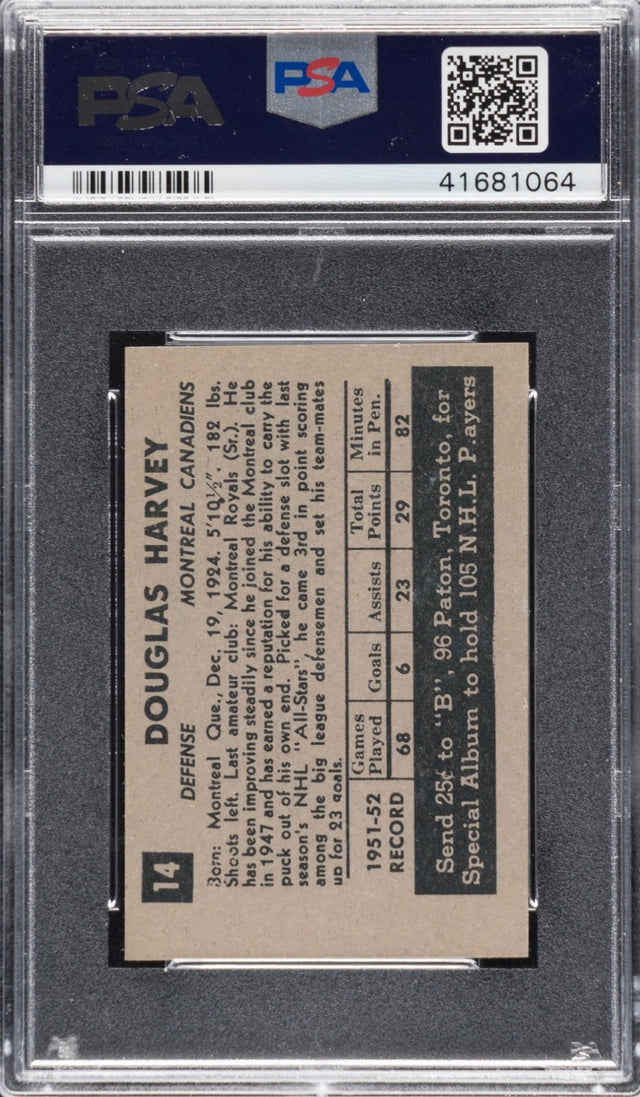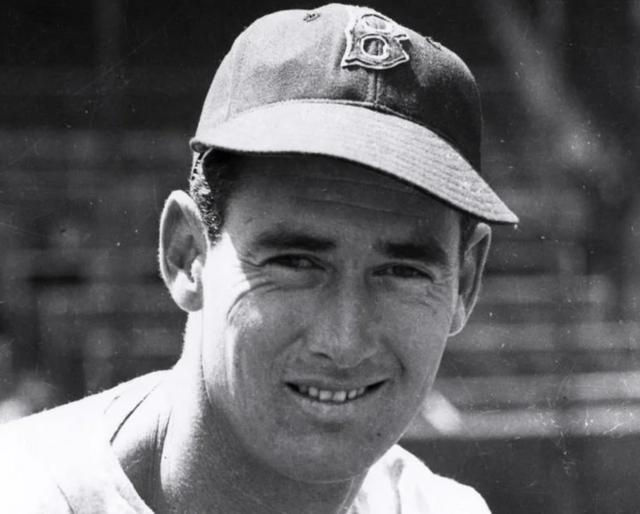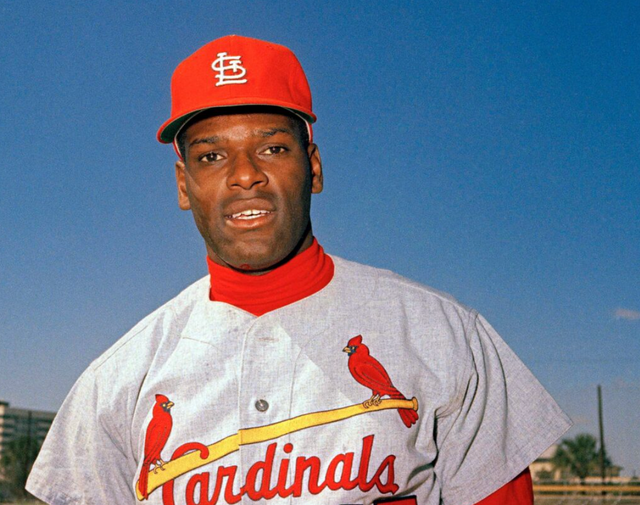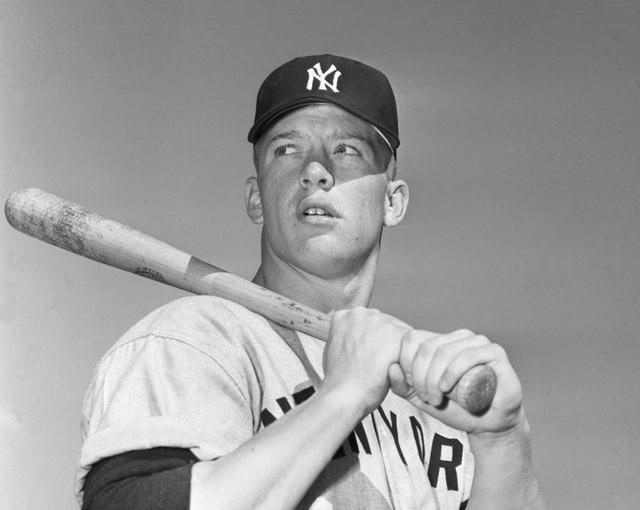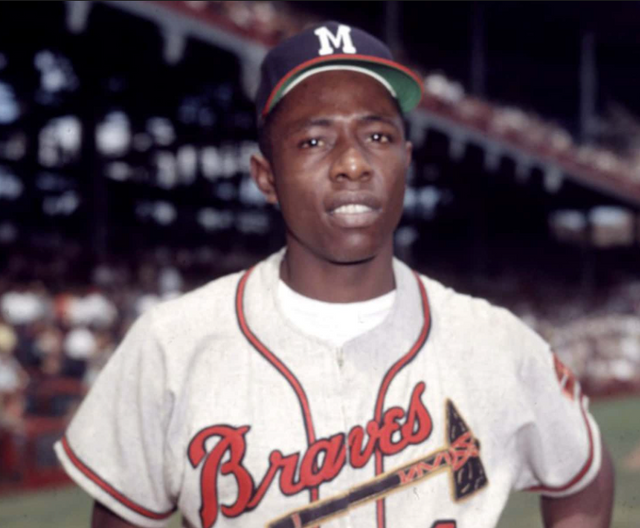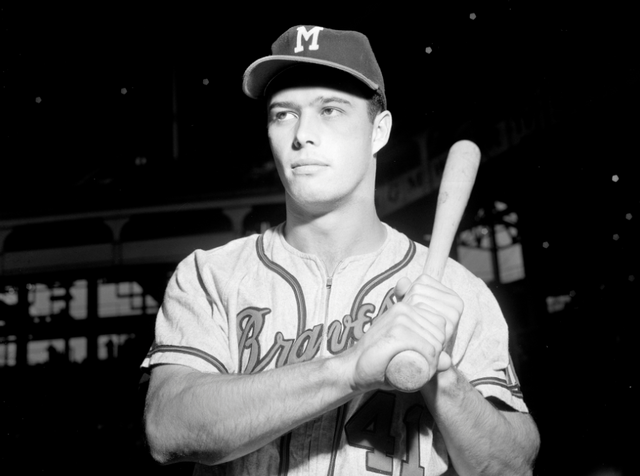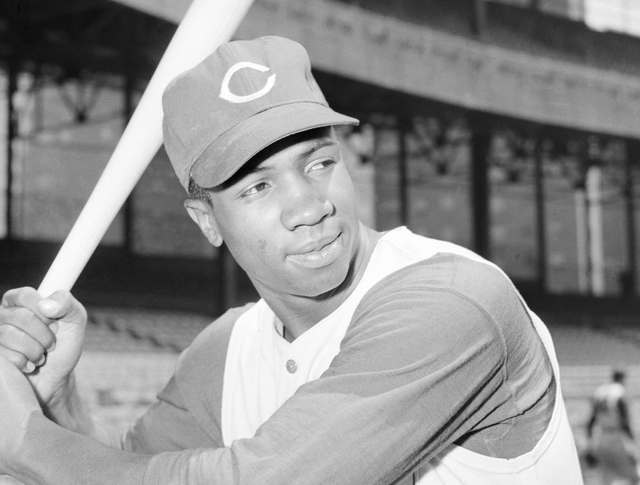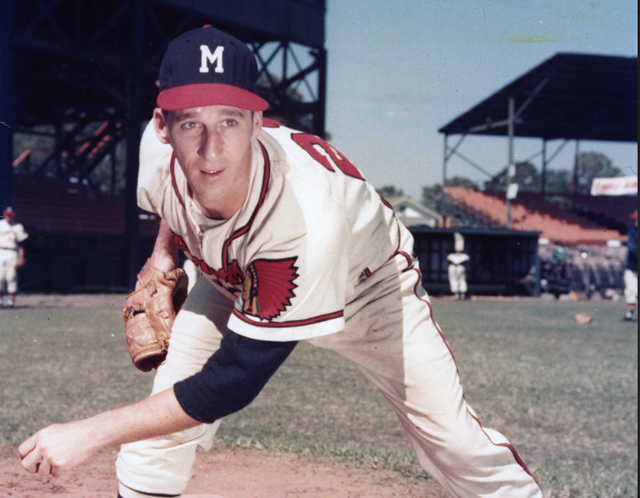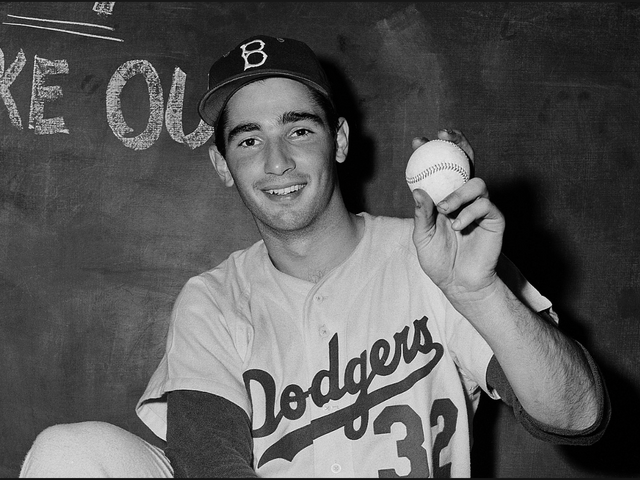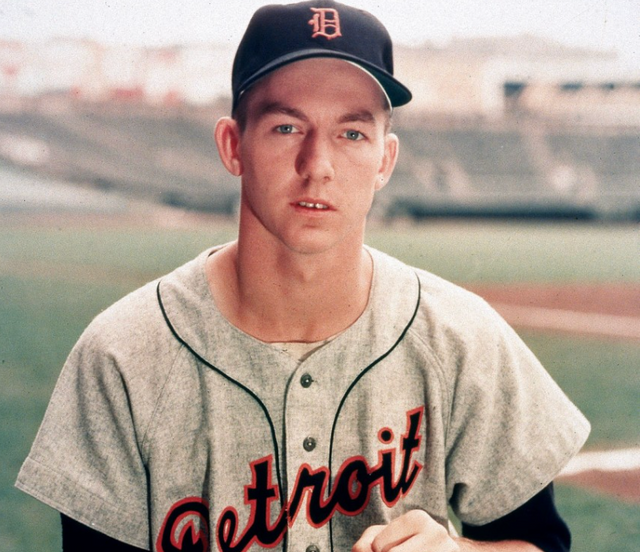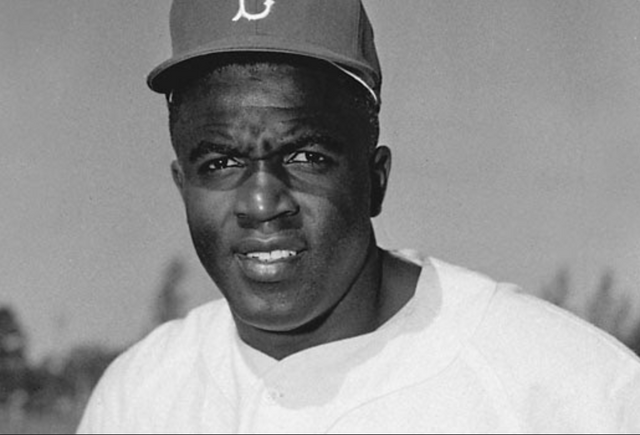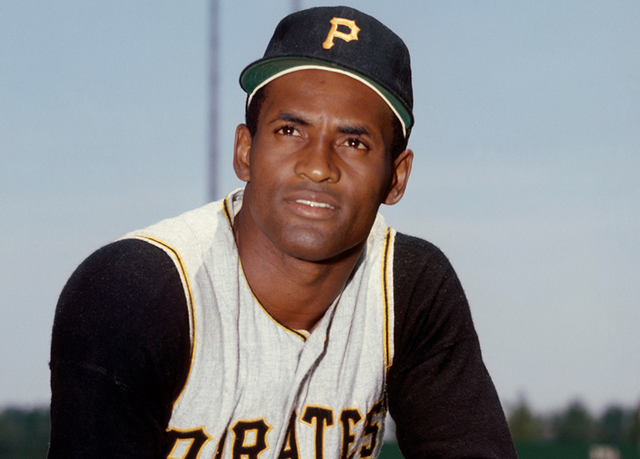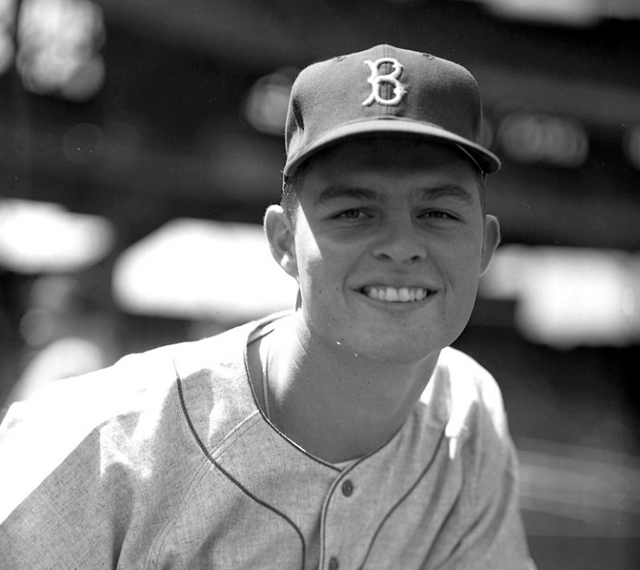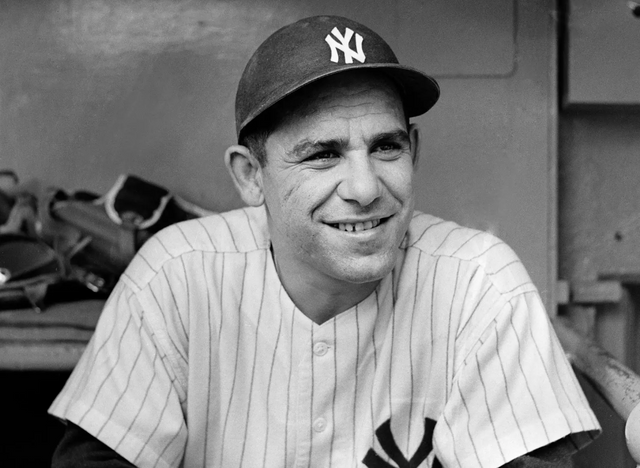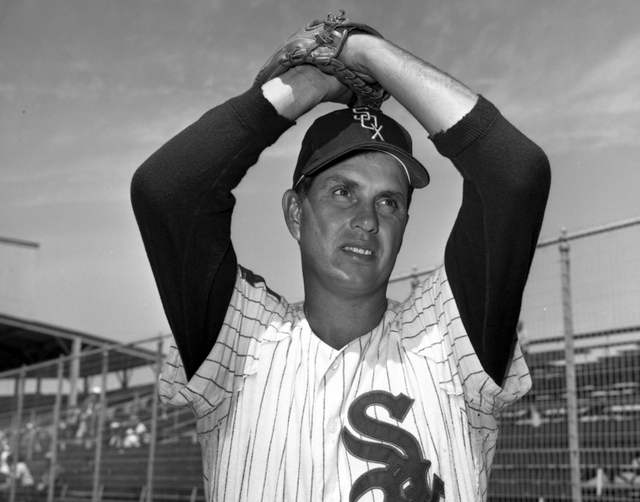Doug Harvey
The Blueline Architect Who Revolutionized Defense

Before Doug Harvey, defensemen were expected to play simple, stay-at-home hockey—clear the puck, block shots, and stay far from the offensive zone. Then Harvey arrived. And everything changed.
Doug Harvey wasn’t just a great defenseman—he redefined the position. He was the first to regularly control the puck, lead the rush, and dictate the pace of play from the back end. Long before the days of Bobby Orr, Paul Coffey, and Cale Makar, it was Harvey who laid the foundation. He combined poise, vision, and elite skating in a way that was utterly foreign to the NHL in the 1950s. And he did it while playing a suffocating defensive game that rarely allowed mistakes.
A quiet genius on the ice and a complex figure off it, Harvey’s legacy is layered, profound, and enduring. His impact wasn't just measured by awards or stats—it was felt in the way the game itself evolved. For decades, hockey had a blueprint for defense. Doug Harvey shredded it and drew up a new one.
From Montreal’s Backyard to Its Blue Line
Born in Montreal, Quebec in 1924, Doug Harvey grew up surrounded by the game. A gifted all-around athlete, he excelled in baseball and football before settling into hockey in his teens. His cerebral approach and superior skating ability made him stand out early, and he quickly became one of the most highly touted amateur prospects in Canada.
He broke into professional hockey with the Montreal Royals and made his NHL debut with the Montreal Canadiens in the 1947–48 season. At first, he blended in with the traditional style of defensive play. But it wasn’t long before he began to take risks—carrying the puck instead of dumping it, slowing the game down when needed, and initiating offense from behind his own net. Canadiens coach Dick Irvin gave him the freedom to experiment, and the results changed the way defense was played forever.
By the early 1950s, Harvey wasn’t just a key player—he was the quarterback of a dynasty.
Career Stats and Accomplishments
- NHL Games Played: 1,113
- Goals: 88
- Assists: 452
- Points: 540
- Stanley Cup Championships: 6 (1953, 1956–1960 with the Montreal Canadiens)
- Norris Trophy (Best Defenseman): 7 times (1955, 1956, 1957, 1958, 1960, 1961, 1962)
- NHL First All-Star Team: 10 times
- NHL All-Star Game appearances: 13
- Captain of the Canadiens from 1960–1961
- Inducted into the Hockey Hall of Fame: 1973
- Ranked #6 on The Hockey News' list of the 100 Greatest Hockey Players (1998)
- Jersey number 2 retired by the Montreal Canadiens
Defining Moments and Stories from a Pioneering Career
The Heart of a Dynasty
From 1956 to 1960, the Montreal Canadiens won five consecutive Stanley Cups, the longest streak in NHL history. At the core of that dynasty was Harvey, directing play from the back end like a conductor leading an orchestra. His partnership with goaltender Jacques Plante and forwards like Maurice Richard and Jean Béliveau formed one of the most dominant lineups in sports history. Harvey wasn't just along for the ride—he was the one steering it.
Standing Up to the NHL Establishment
In the early 1960s, Harvey became one of the first players to openly question the NHL’s power structure, particularly the owners' control over players and their lack of pensions. As a result, despite winning the Norris Trophy in 1961, he was traded to the lowly New York Rangers, a clear punishment for speaking out. Instead of fading into obscurity, he brought immediate respectability to the Rangers and continued to dominate, winning yet another Norris Trophy while playing for a non-contender. His courage in challenging the league's system laid the groundwork for future player rights movements.
Player-Coach and Mentor
Harvey briefly served as a player-coach with the Rangers, one of the few in NHL history to do so. Later, he mentored young defensemen in the minor leagues and returned for brief stints in St. Louis before officially retiring in 1969. Even after his playing days ended, Harvey’s influence was felt in the systems and habits of every elite defenseman who followed him.
Essential Cards for Collectors of Hockey’s Original Blue Line Maestro
1951 Parkhurst #58 – Rookie Card
Doug Harvey’s rookie card comes from one of the most historically important hockey sets ever produced. The 1951 Parkhurst series marked a revival of hockey cards in the post-war era and features many legends. Harvey’s card is notoriously tough in high grade due to fragile stock and print issues. It is a centerpiece in any vintage hockey collection.
1953 Parkhurst #27 – Early Career, Peak Years
This card captures Harvey during the Canadiens’ early dynasty years, featuring clean vintage design and strong photography. It’s an underappreciated gem that showcases him during a stretch when he was routinely winning Norris Trophies.
1961 Topps #61 – In a Rangers Uniform, Still Dominating
An iconic image of Harvey in a Rangers sweater, released during the season he won his final Norris Trophy. This card carries historical weight, symbolizing his success even after being cast off by the Canadiens for challenging the system.
Doug Harvey’s Legacy: Brilliance, Complexity, and Lasting Influence
Doug Harvey was many things—a revolutionary defenseman, a champion, a leader, and at times, a rebel. But more than anything, he was a genius on the ice, someone who saw the game differently and played it on his own terms.
His influence cannot be overstated. Every puck-moving defenseman who came after—Bobby Orr, Denis Potvin, Ray Bourque, Nicklas Lidström, Erik Karlsson—owes a debt to Doug Harvey. He made it acceptable for defensemen to carry the puck, control tempo, and become playmakers, not just stoppers.
Off the ice, he was a complex figure. He battled personal demons, including alcoholism, and was blackballed at times for his willingness to speak out. But in time, his greatness was universally acknowledged. His number was retired by the Canadiens, his Hall of Fame induction was a formality, and his place among the greatest to ever play the game is secure.
Doug Harvey didn’t just play defense—he transformed it into an art form. He changed the role, the expectations, and the legacy of the blue line position. His brilliance was subtle, his skating effortless, and his mind sharper than any blade on the ice. His story is one of innovation, defiance, and unshakable greatness.
There are legends. And then there are those who shaped the game itself. Doug Harvey was the latter.
Filters Filter & Sort
-
1952 Parkhurst #14 Doug Harvey PSA NM-MT 8
$2,900.00( / )Unavailable
More Player Collections
-
Product title
$12.34 -
Product title
$12.34 -
Product title
$12.34 -
Product title
$12.34 -
Product title
$12.34 -
Product title
$12.34 -
Product title
$12.34 -
Product title
$12.34 -
Product title
$12.34 -
Product title
$12.34 -
Product title
$12.34 -
Product title
$12.34


